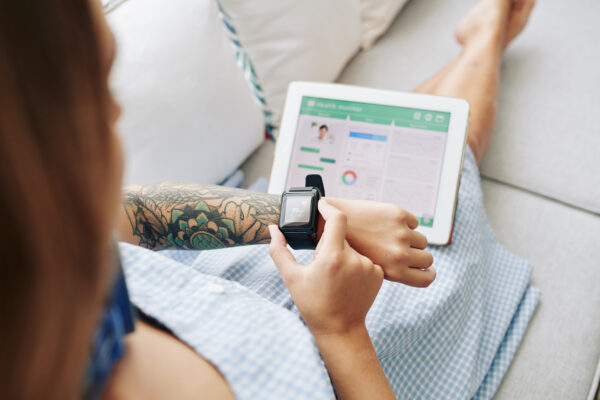As we continue our series on auditory disabilities in healthcare, it’s crucial to emphasize the significance of creating an inclusive autograph experience. This principle ensures that all patients, regardless of their auditory capabilities, can fully engage and participate in their healthcare journey through accessible and empowering interactions.
The Importance of an Inclusive Autograph Experience
Autographs and sign-ins are often the first point of interaction between patients and healthcare providers. Ensuring that these processes are inclusive and accessible sets a positive tone for the entire healthcare experience. For individuals with auditory disabilities, this means providing clear, understandable, and supportive ways to engage.
Implementing an Inclusive Autograph Experience
Here are some detailed strategies to ensure an inclusive autograph experience in healthcare settings:
Digital Sign-In Kiosks
User-Friendly Interfaces: Implement digital sign-in kiosks with user-friendly interfaces that provide instructions in multiple formats, including visual aids and text. Ensure that the interfaces are intuitive and easy to navigate.
Accessibility Features: Include accessibility features such as large fonts, high-contrast displays, and touch-screen options that accommodate individuals with visual and auditory disabilities.
Personalized Support
Assistance at Check-In: Offer personalized assistance at check-in desks for patients who may need help with the sign-in process. Staff should be trained to communicate effectively with individuals who have auditory disabilities.
Sign Language Interpreters: Provide access to certified sign language interpreters at check-in areas to assist patients who use sign language.
Visual and Tactile Cues
Visual Displays: Use digital displays to show patients their place in the queue, appointment details, and any relevant instructions. Ensure these displays are easily visible from various points in the waiting area.
Tactile Feedback Devices: Offer tactile feedback devices, such as vibrating pagers, to notify patients when it’s their turn or if there are any updates. This ensures that patients who may not hear auditory announcements are still informed.
Multilingual Options
Language Selection: Provide options for patients to select their preferred language during the sign-in process. Ensure that visual and written instructions are available in multiple languages to cater to diverse patient populations.
Bilingual Staff: Employ bilingual staff members who can assist patients in their preferred language, enhancing communication and understanding.
Benefits of an Inclusive Autograph Experience
Creating an inclusive autograph experience offers several key benefits:
Enhanced Patient Experience: Patients feel welcomed and supported from the moment they enter the healthcare facility, setting a positive tone for the entire visit.
Improved Accessibility: Ensuring that sign-in processes are accessible to individuals with auditory disabilities promotes equality and inclusivity in healthcare.
Efficient Workflow: Streamlined and accessible sign-in processes can reduce wait times and improve overall efficiency in healthcare facilities.
A community health center in Chicago implemented digital sign-in kiosks with user-friendly interfaces and multilingual options. They also provided tactile feedback devices and visual displays to keep patients informed. The center reported higher patient satisfaction rates and a more efficient check-in process, especially among patients with auditory disabilities.
Creating an inclusive autograph experience is a fundamental principle of universal design in healthcare. By embracing this principle, healthcare providers can ensure that all patients, including those with auditory disabilities, feel welcomed, supported, and empowered from the moment they enter the facility. Stay tuned for our next post, where we’ll explore the fifth key principle of universal design in healthcare. Together, let’s continue to enhance patient engagement and accessibility.

